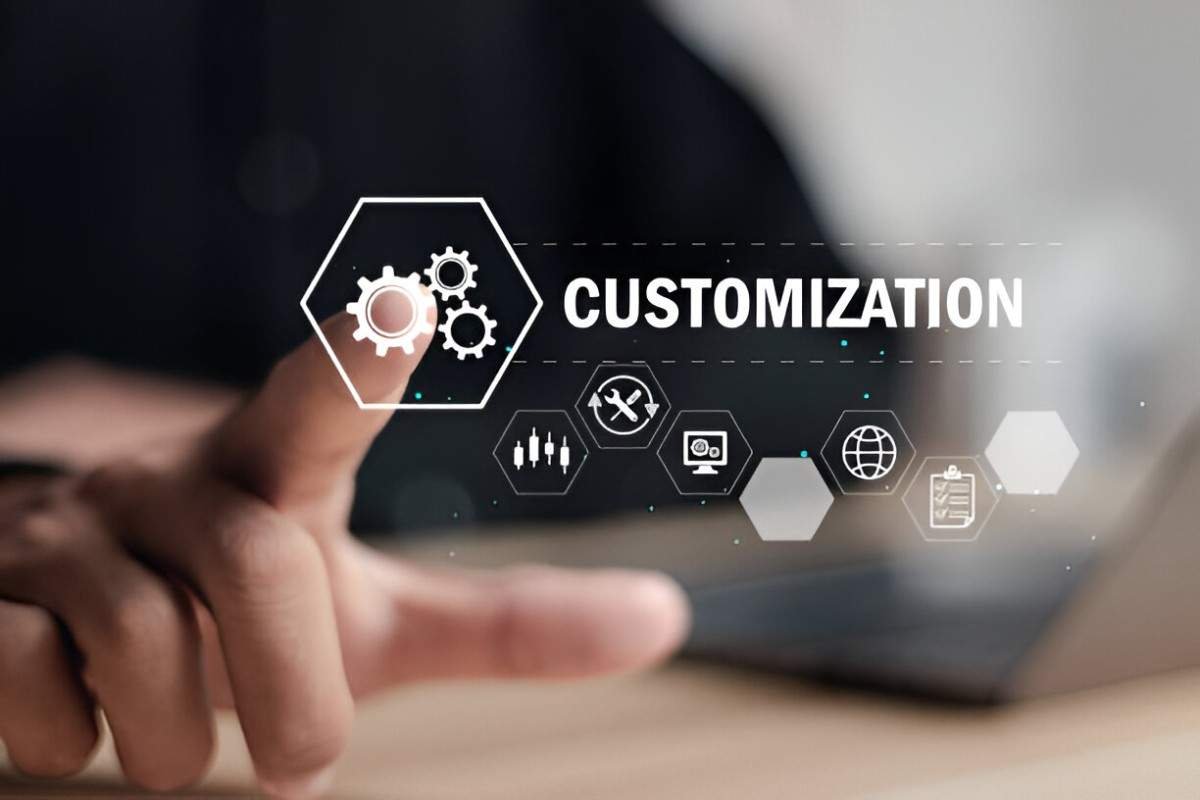Mass customization sits at the intersection of efficiency and personalization, allowing businesses to deliver tailored products without sacrificing economies of scale. I find this concept fascinating because it challenges the traditional trade-off between cost and individuality. In this article, I will explore what mass customization truly means, its advantages, and how companies successfully implement it.
Table of Contents
What Is Mass Customization?
Mass customization refers to the production of goods and services that meet individual customer needs while maintaining near-mass-production efficiency. The term was popularized by Stan Davis in Future Perfect (1987), but the idea traces back to the early 20th century. Unlike bespoke manufacturing, where each product is unique and costly, mass customization leverages flexible processes to offer variety without exorbitant expenses.
A mathematical way to understand this is through the cost function:
Where:
- C(q, v) = Total cost
- F = Fixed costs (e.g., machinery, R&D)
- v = Variable cost per unit
- q = Quantity produced
In traditional mass production, v is minimized, but customization options are limited. In bespoke production, v is high due to manual adjustments. Mass customization strikes a balance by keeping v low while allowing controlled variability.
The Four Types of Mass Customization
Joseph Pine, in Mass Customization: The New Frontier in Business Competition (1993), identified four approaches:
- Collaborative Customization – Firms work with customers to design products (e.g., Nike By You).
- Adaptive Customization – Products are standardized but adjustable by users (e.g., adjustable office chairs).
- Transparent Customization – Products are personalized without direct customer input (e.g., Netflix recommendations).
- Cosmetic Customization – The core product remains unchanged, but packaging or branding varies (e.g., Coca-Cola’s “Share a Coke” campaign).
| Type | Example | Customer Involvement |
|---|---|---|
| Collaborative | Nike By You | High |
| Adaptive | Herman Miller chairs | Medium |
| Transparent | Amazon product recommendations | Low |
| Cosmetic | M&M’s Color Studio | Minimal |
Advantages of Mass Customization
1. Higher Customer Satisfaction
When customers get products tailored to their preferences, loyalty increases. A McKinsey study found that 35% of Amazon purchases come from personalized recommendations.
2. Reduced Inventory Costs
Instead of stocking endless variants, firms produce on demand. Dell’s build-to-order model slashed inventory costs by 50% compared to competitors in the 2000s.
3. Competitive Differentiation
Brands like Tesla allow buyers to configure cars online, creating a unique value proposition.
4. Better Pricing Power
Customized products often command premium prices. For instance, a standard T-shirt costs \$10, but a custom-printed one sells for \$25.
Challenges of Mass Customization
While powerful, mass customization isn’t without hurdles:
- Supply Chain Complexity – More variants mean more components to manage.
- Production Delays – Custom orders take longer than standardized ones.
- Higher Initial Costs – Flexible manufacturing systems require investment.
Real-World Examples
1. Nike By You
Nike lets customers design sneakers online, choosing colors, materials, and even personalized text. The markup on these shoes is roughly 30% higher than standard models.
2. Dell’s Build-to-Order PCs
Dell revolutionized the PC industry by allowing customers to select components. Their just-in-time model reduced inventory waste significantly.
3. 3D Printing in Healthcare
Companies like Align Technology use 3D printing to create custom dental aligners (Invisalign). Each set is unique to the patient’s teeth, improving treatment efficacy.
The Economics Behind Mass Customization
From a microeconomic perspective, mass customization can be modeled using the profit function:
\pi = (P - v) \cdot q - FWhere:
- \pi = Profit
- P = Price per unit
- v = Variable cost
- q = Quantity sold
If customization increases P more than v, profits rise. For example, if a standard product sells at \$100 (v = \$60), but a customized version sells at \$150 (v = \$90), the profit per unit jumps from \$40 to \$60.
Future Trends
- AI-Driven Customization – Machine learning predicts preferences better than manual input.
- Modular Product Design – Products with interchangeable parts simplify customization (e.g., Framework laptops).
- Localized Production – 3D printing enables on-demand manufacturing near consumers.
Final Thoughts
Mass customization reshapes how businesses operate, blending personal touch with industrial efficiency. While not every industry can adopt it fully, the benefits—higher margins, stronger loyalty, and leaner operations—make it a compelling strategy. I believe companies that master this balance will dominate their markets in the coming decade.





